What to Wear to a Job Interview Navigating Success The Ultimate Guide
When it comes to job interviews, that initial impression can be a game-changer. And a big part of that impression? What you wear. Your choice of outfit isn’t just about clothes – it’s about showing you mean business, that you’re confident, and that you get the company culture.
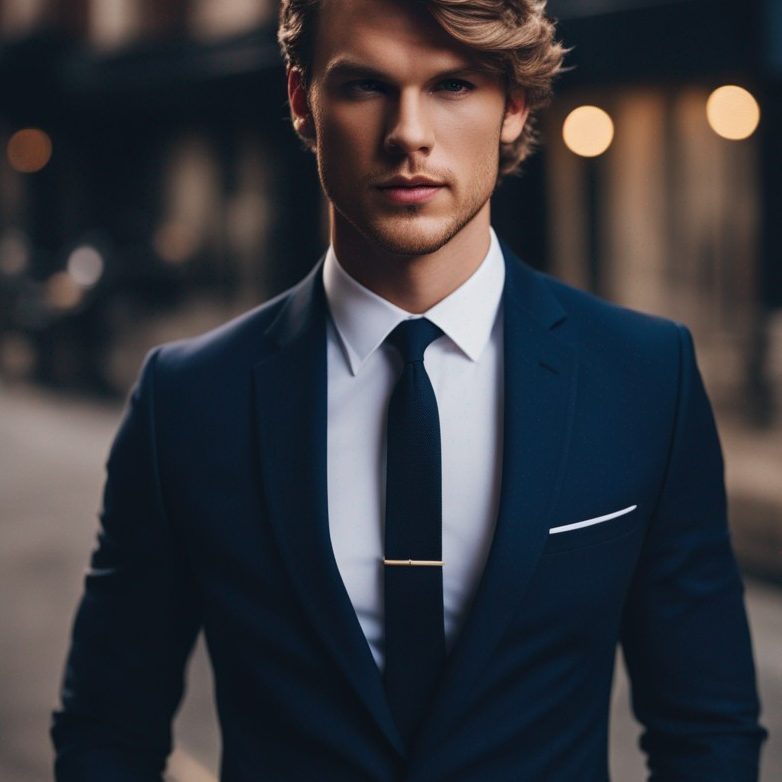
In this article, we’re going to tackle the whole interview attire thing. We’ll walk you through different dress codes, from the classic professional look to the more laid-back styles. Plus, we’ll dish out some grooming tips to help you pull your whole look together.
These days, interviews are precious chances to shine, so we’re here to help you make the most of them. By the end of this guide, you’ll be a pro at choosing the right outfit – an outfit that’ll help you stand out and land that job. Let’s dive in!
Researching Company Culture and Dress Code
In the modern job market, interviews are not just about showcasing your skills and qualifications; they are also about presenting yourself as a cultural fit within the organization.
A crucial step in preparing for a job interview is researching the company’s culture and understanding its dress code expectations.
Here’s how you can effectively navigate this aspect of interview preparation:
Understanding the Company’s Industry and Culture
- Start by delving into the company’s background, values, and mission. Understanding what the company stands for can help you align your attire with its ethos.
- Research the industry in which the company operates. Different industries often have varying standards of dress; for instance, a tech startup might have a more relaxed dress code than a law firm.
- Scan the company’s website, social media profiles, and any press releases to gather insights into the company’s culture. Look for images of employees to observe how they dress in different settings.
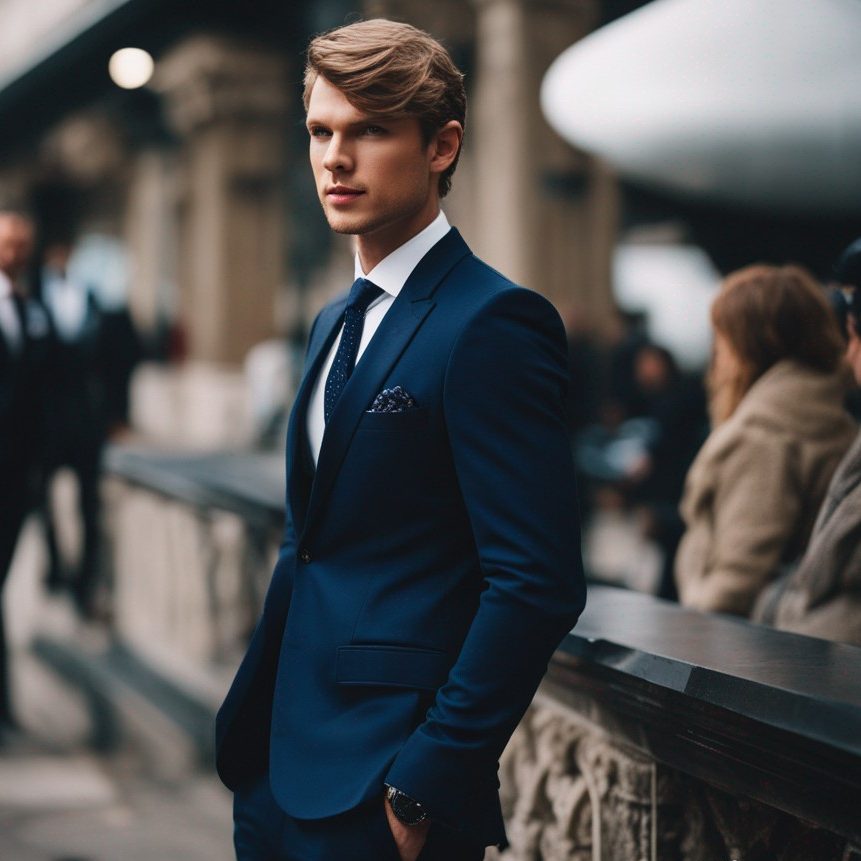
Researching the Company’s Dress Code
- The company’s official website or employee handbook might provide specific details about its dress code policy. Some companies explicitly outline whether they follow a business professional, business casual, or casual dress code.
- If you’re working with a recruiter, HR representative, or someone who referred you, consider asking them about the company’s dress expectations. They can provide invaluable insights that might not be publicly available.
- LinkedIn can be a useful tool for researching the attire choices of current or former employees. Browse through photos and profiles to get an idea of what’s considered appropriate within the organization.
- If you’re unable to find explicit dress code information, you can err on the side of caution and opt for a more formal outfit. It’s generally better to be slightly overdressed than underdressed for an interview.
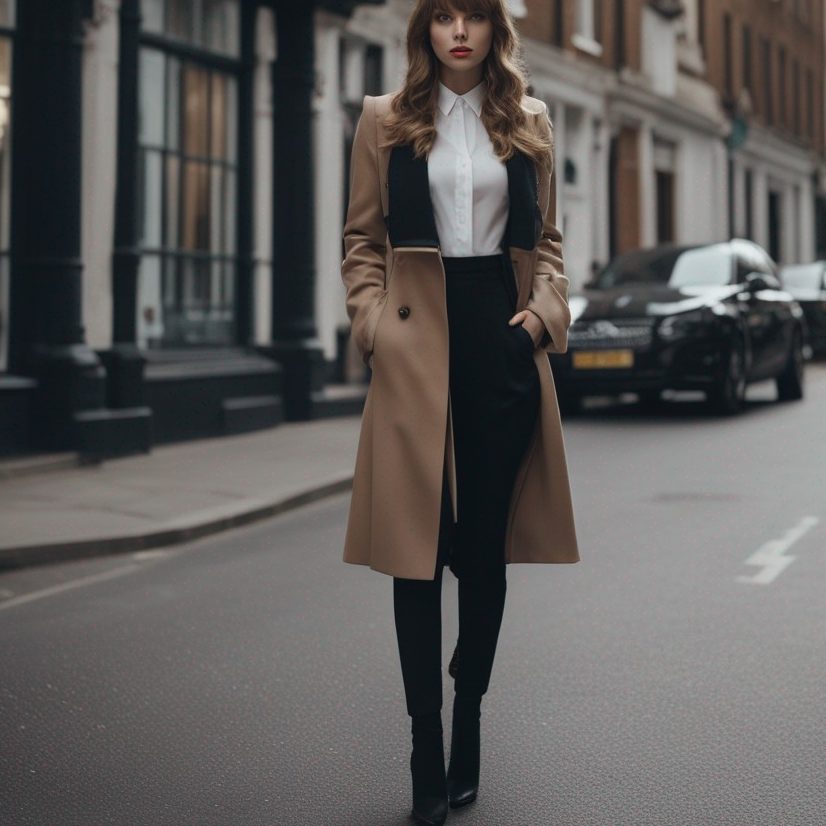
Adapting Your Attire to Align with the Company’s Image
- Once you have a good grasp of the company’s culture and dress code, tailor your attire accordingly. Your goal is to mirror the style of dressing that’s prevalent within the organization while still staying true to your personal brand.
- If the company is known for its professionalism and formality, opt for a business professional attire. If it has a more relaxed and creative vibe, lean towards business casual with a touch of your personal style.
- Use your research to guide your choices in terms of colors, patterns, and accessories. For instance, if the company’s branding heavily features a particular color, you might incorporate that color into your outfit subtly.
Dressing Slightly Above the Standard
- Why it matters: Dressing slightly above the standard style showcases your attention to detail and your understanding of the importance of the interview.
It demonstrates your adaptability and your desire to make a positive impression. - The casual dress code example: If the company has a casual dress code, that doesn’t mean you should arrive in your most relaxed outfit. Opt for well-fitted, quality clothing that leans towards business casual.
For men, this might involve wearing chinos and a collared shirt instead of jeans and a t-shirt.
Women could consider a blouse and a pair of dress pants instead of ultra-casual attire. - The underlying message: Dressing slightly above the norm subtly communicates that you’re enthusiastic about the position and that you’re willing to go the extra mile. It can indicate your professionalism and respect for the company’s values.
In conclusion, researching the company’s culture and dress code is an integral part of interview preparation. Your attire should reflect your understanding of the organization’s values and your ability to adapt to its environment.
While dressing appropriately is important, aiming to dress slightly above the standard style can convey your commitment to the opportunity.

By investing time in this research, you’ll be well-equipped to choose an outfit that helps you make a positive and lasting impression during your job interview.
The Classic Interview Attire: Business Professional
When it comes to making a lasting impression during a job interview, the phrase “dress for success” couldn’t be more accurate.
The classic interview attire, known as business professional attire, exudes a level of professionalism, confidence, and respect that aligns perfectly with the serious nature of the occasion.
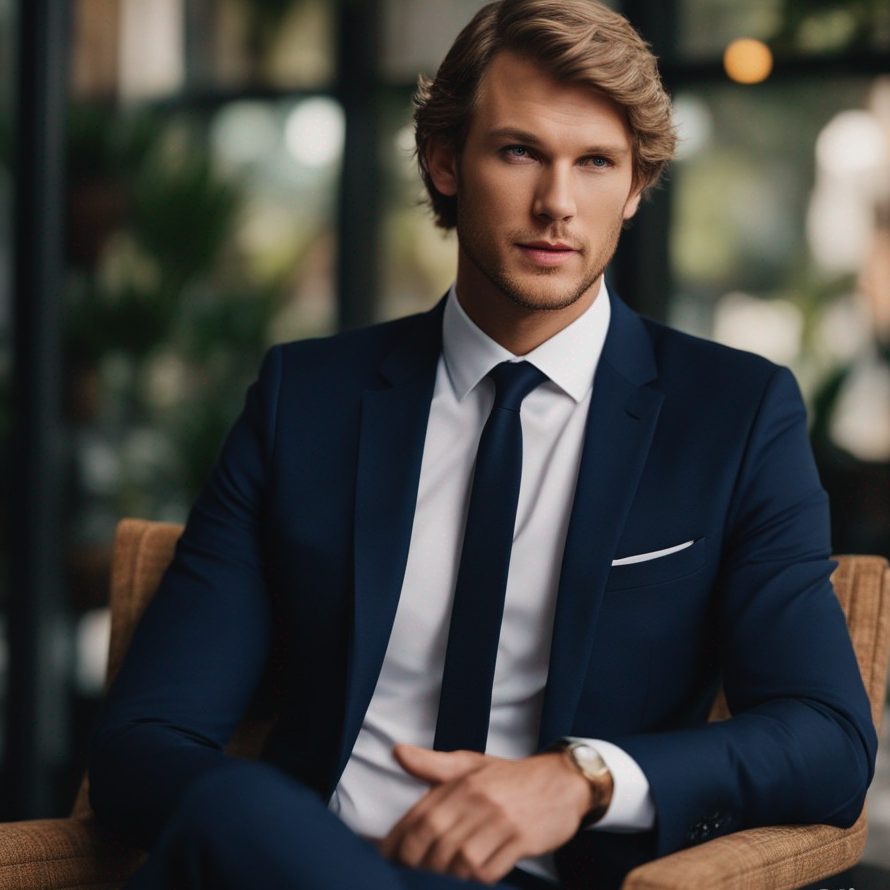
Whether you’re vying for a position in a corporate setting or a more traditional industry, mastering the art of business professional attire is essential. Here’s a comprehensive guide to help you nail this classic look:
What to Wear to a Job Interview Men’s Attire:
- Suit: The cornerstone of business professional attire for men is a well-fitted suit. Opt for a two-piece suit in a classic color like navy, charcoal gray, or black. Ensure that the suit jacket fits comfortably across the shoulders and chest, and the trousers have a clean, tailored fit.
- Dress Shirt: Select a crisp, long-sleeved dress shirt in a solid color or subtle pattern. White and light blue are timeless choices that convey professionalism. Avoid bold patterns or flashy colors that might distract from your qualifications.
- Necktie: A conservative necktie can add a touch of personality to your outfit. Stick to traditional patterns like stripes or small dots in neutral tones. Your tie should complement your suit and shirt without overwhelming them.
- Dress Shoes: Choose closed-toe leather dress shoes that are well-polished and in good condition. Black or brown shoes are the most versatile options and match well with various suit colors.
- Accessories: Keep accessories minimal and understated. A classic leather belt that matches your shoes is a must. Consider wearing a wristwatch that complements your outfit, and avoid excessive jewelry or flashy accessories.
What to Wear to a Job Interview Women’s Attire:
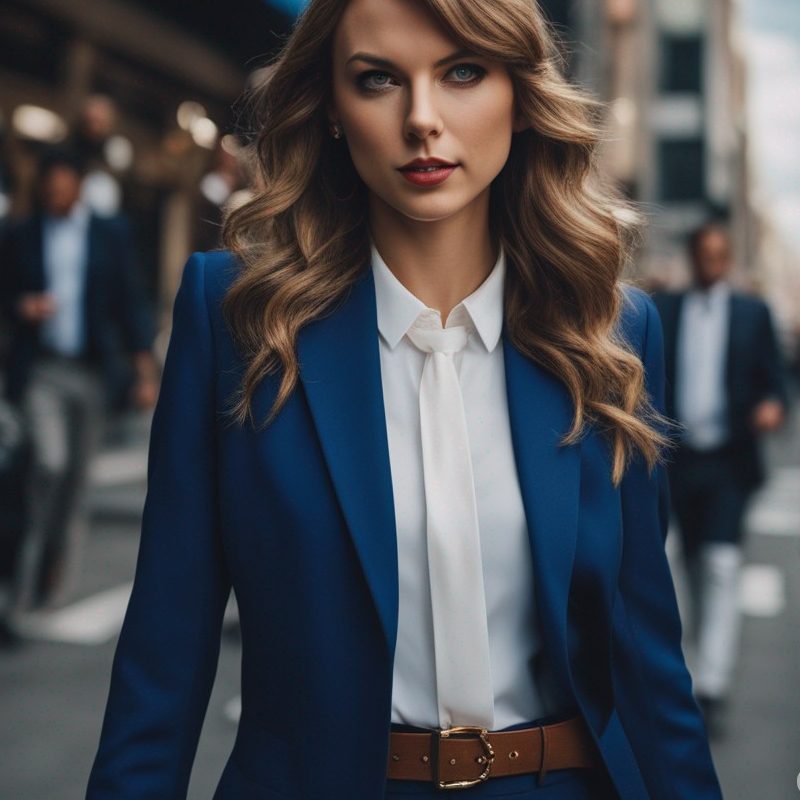
- Suit or Tailored Dress: Women have the option of wearing a well-fitted suit with a blazer and matching trousers or a knee-length skirt. Alternatively, a tailored dress in a solid color or subtle pattern can also be appropriate. Stick to neutral colors like black, navy, gray, or beige for a polished look.
- Blouse or Professional Top: Pair your suit or dress with a conservative blouse or top. Opt for high-quality fabrics and avoid overly revealing or trendy styles. White, cream, or light pastel tones are safe choices.
- Closed-Toe Shoes: Closed-toe pumps or low-heeled shoes in a neutral color are ideal for business professional attire. Avoid open-toed shoes or heels that are too high, as they can come across as less professional.
- Appropriate Accessories: Keep jewelry and accessories refined and minimal. A simple necklace, small earrings, and a classic wristwatch can complete your look. Avoid loud or chunky accessories that might divert attention.
- Grooming and Makeup: Aim for a well-groomed appearance with neatly styled hair. Makeup should be natural and subtle, enhancing your features without being overly dramatic.
Mastering the classic interview attire of business professional clothing goes beyond just wearing the right pieces; it’s about conveying a sense of professionalism, attention to detail, and confidence.
By presenting yourself in a polished and respectful manner, you’ll demonstrate your dedication to the job opportunity and create a positive first impression that sets the tone for a successful interview.
Remember, dressing appropriately is a key factor in showcasing your suitability for the role and leaving a lasting mark on potential employers.
Navigating Business Casual Dress Code
As the professional landscape evolves, so does the concept of appropriate attire for job interviews.
The business casual dress code strikes a balance between formality and comfort, allowing candidates to project a polished yet approachable image.
Mastering the art of business casual dressing requires careful consideration of attire and accessories that align with the company’s culture while maintaining a professional demeanor.
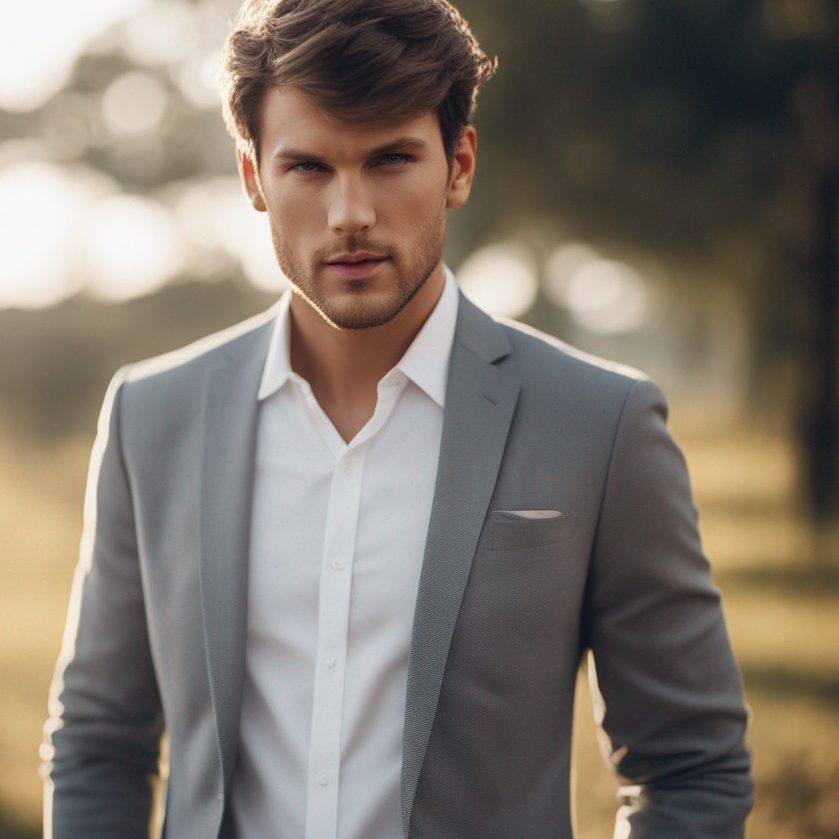
Men’s Attire
- Dress Slacks or Chinos: Opt for well-fitted dress slacks or chinos in neutral colors like navy, charcoal, or khaki. Avoid overly casual materials like denim.
- Collared Shirt or Polo Shirt: Choose a collared shirt in a solid color or subtle pattern. Polo shirts can be acceptable, but lean towards a traditional dress shirt for a more polished look.
- Optional Blazer or Sweater: Enhance your business casual look by adding a blazer or a lightweight sweater. This layering piece adds a touch of sophistication without the full formality of a suit jacket.
- Footwear: Select leather loafers, oxfords, or derby shoes in dark hues to complement your outfit. Avoid overly casual footwear like sneakers or sandals.
Women’s Attire
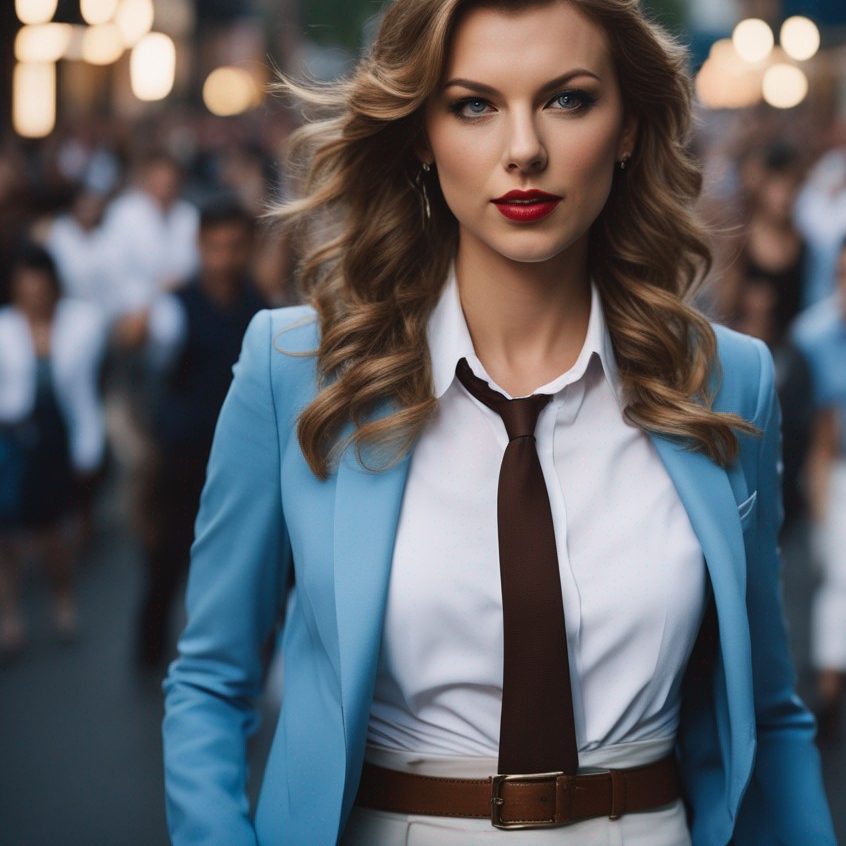
- Blouse or Sweater with Slacks or Skirt: Opt for a blouse or lightweight sweater paired with tailored slacks or a knee-length skirt. Choose solid colors or subtle patterns that exude professionalism.
- Conservative Dress: A knee-length dress with a modest neckline can be a great business casual option. Ensure it’s not too casual or revealing.
- Flats or Low Heels: Comfortable flats, loafers, or low heels are suitable choices. Stay away from overly high heels or flashy shoes.
- Minimal and Tasteful Jewelry: Select a few understated accessories to complement your outfit, such as a simple necklace, stud earrings, or a classic watch.
Balancing Comfort and Professionalism
- Fit is Key: Regardless of gender, ensure that your clothing fits well. Avoid overly tight or loose garments, as they can affect both your comfort and professionalism.
- Maintaining Neatness: Keep your clothing clean, well-pressed, and free of wrinkles. This attention to detail shows your dedication to a polished appearance.
- Avoid Distractions: While expressing your personal style is important, avoid clothing or accessories that might distract from your qualifications and skills.
- Dressing Appropriately for the Company: Research the company’s culture to determine the level of formality in their business casual dress code. Some companies lean more towards the formal side, while others embrace a relaxed atmosphere.
Navigating the business casual dress code requires a blend of professionalism and adaptability.
By carefully curating your attire to reflect the company’s culture and expectations, you’ll create a positive impression that demonstrates your ability to align with the organization’s values.
Remember, confidence and comfort are key components of successful business casual dressing for job interviews.
Grooming and Presentation Tips
When preparing for a job interview, your attire is only one aspect of your overall presentation.
Grooming and personal presentation play a crucial role in creating a polished and professional impression.
Here are some essential grooming and presentation tips to consider:
Clean and Well-Groomed Appearance:
- Hygiene Matters: Ensure that you’re well-groomed and clean. Take a shower, brush your teeth, and use deodorant to maintain freshness.
- Nail Care: Keep your nails clean and trimmed, regardless of gender. Avoid overly long or flashy nail designs.
- Facial Hair: If you have facial hair, ensure it’s neatly groomed. Trim your beard or mustache and keep it well-maintained.
Attention to Hygiene and Personal Care:
- Scent Consideration: Use a subtle amount of fragrance, if desired. Avoid overpowering scents that could be distracting or bothersome.
- Hair Care: Style your hair neatly and in a way that suits your personal style while still appearing professional.
- Dental Hygiene: Maintain fresh breath by brushing your teeth before the interview. Consider carrying mints or gum for a quick refresh.
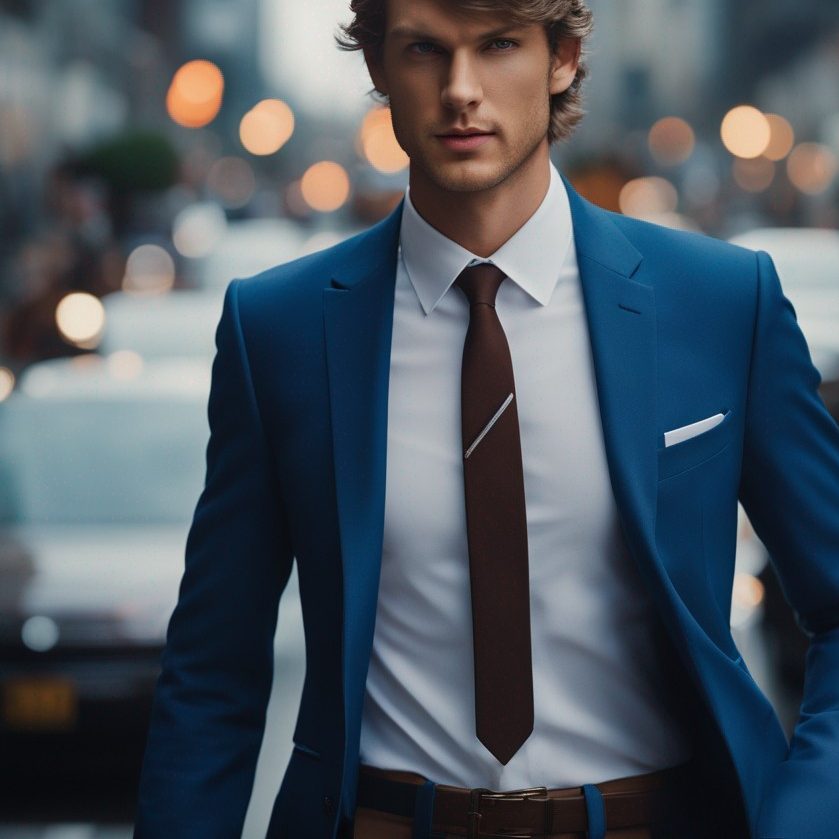
Subtle Use of Fragrance:
- Less is More: Opt for a light application of perfume or cologne. Strong fragrances can be overwhelming and cause discomfort.
- Consider Allergies: Be mindful that some individuals may have allergies or sensitivities to certain scents.
Neat and Appropriate Hairstyle:
- Conservative Choices: Choose a hairstyle that is professional and well-groomed. Avoid extreme colors or styles that might distract from your qualifications.
- Tidy Appearance: Make sure your hair is clean and styled in a way that doesn’t obstruct your face or appear messy.
Clothing Maintenance:
- Wrinkle-Free Attire: Ensure that your clothing is clean and well-pressed. Wrinkled clothes can convey a lack of attention to detail.
- Check for Flaws: Inspect your attire for loose threads, missing buttons, or any other imperfections that could detract from your overall look.
Makeup and Accessories:
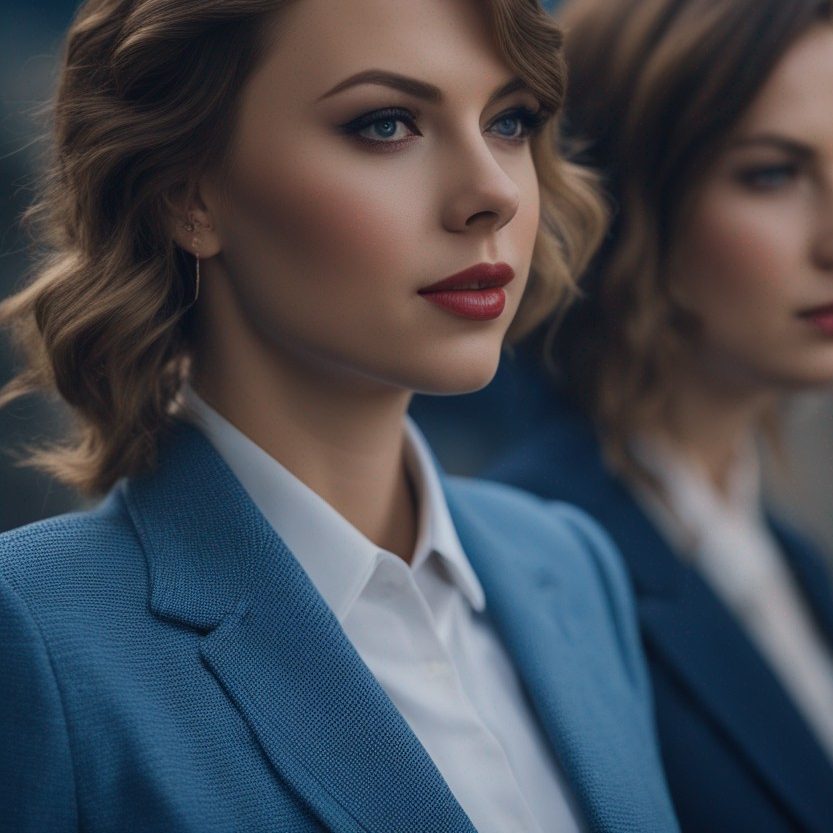
- Subtle Makeup: If you choose to wear makeup, keep it natural and understated. Avoid heavy or dramatic makeup that may be distracting.
- Limited Jewelry: Opt for a minimal amount of jewelry. Choose pieces that complement your outfit without drawing excessive attention.
Dress for Comfort:
- Confidence Booster: Wear clothes that make you feel confident and comfortable. When you’re at ease in your attire, it will reflect positively in your demeanor.
- Test Run: Try on your chosen outfit a day before the interview to ensure it fits well and doesn’t cause discomfort.
In conclusion, grooming and personal presentation are integral parts of making a positive impression during a job interview.
By paying attention to hygiene, clothing maintenance, and grooming details, you’ll project professionalism and confidence.
Remember, your goal is to present yourself as the best version of your professional self, and meticulous grooming is a key component of achieving that goal.
Considering Industry-Specific Norms
In the dynamic landscape of job interviews, the importance of dressing appropriately cannot be overstated.
One crucial aspect often overlooked is tailoring your attire to align with the industry’s specific norms.
Different sectors possess unique cultures, expectations, and standards when it comes to professional appearance.
Understanding and adhering to these norms can significantly impact your interview success.
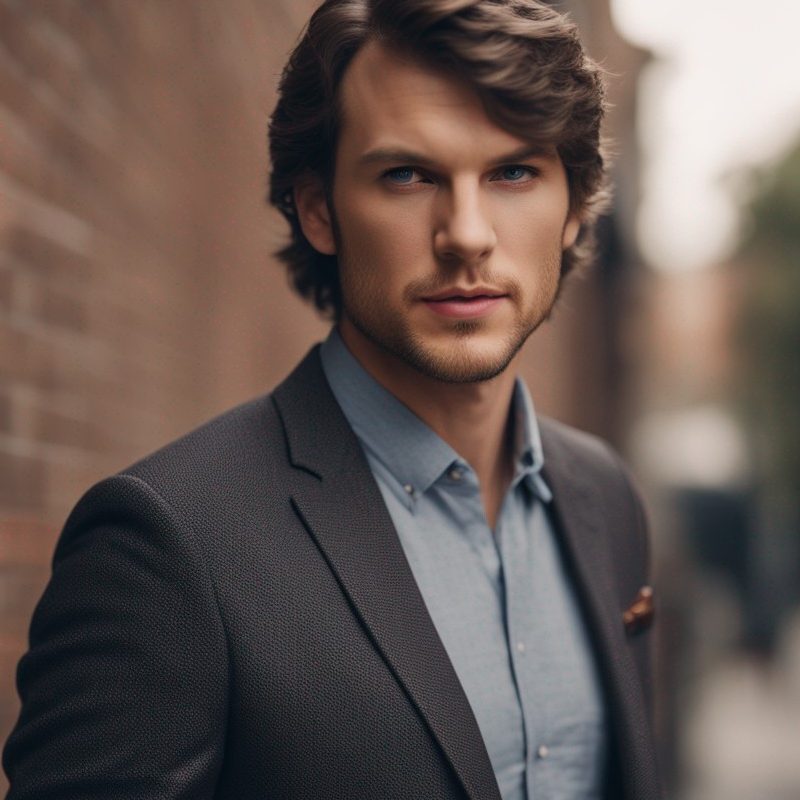
Understanding Attire Expectations Across Industries
- Tech Industry: Known for its casual and innovative environment, the tech industry often leans towards business casual or even smart casual attire.
While a full suit might not be necessary, a polished yet comfortable look is essential. - Finance Sector: The finance sector tends to favor traditional business professional attire. A well-fitted suit, conservative colors, and classic accessories communicate professionalism and attention to detail.
- Creative Fields: Industries such as advertising, design, and art value self-expression.
Here, you might have more freedom to incorporate trendy elements while still maintaining a polished appearance. - Healthcare and Legal Professions: These fields typically demand a traditional business professional look.
Suits and conservative accessories communicate respect for the seriousness of the work. - Startups and Entrepreneurship: The startup culture can vary widely, but often leans towards business casual or even casual attire.
However, it’s wise to research the specific startup’s culture before opting for casual wear.
Tailoring Your Outfit to Fit Industry Standards
- Research Company Culture: Thoroughly investigate the company’s website, social media, and employee testimonials to gauge the prevailing dress code.
This research ensures your attire aligns with the organization’s ethos. - Striking a Balance: Regardless of the industry, it’s crucial to strike a balance between showcasing your personality and adhering to professional standards.
Even in creative fields, avoid overly eccentric outfits that might overshadow your qualifications. - Accessories and Details: Pay attention to subtle details such as accessories, colors, and patterns.
In conservative industries, opt for classic accessories, while in creative fields, you can experiment with tasteful, on-trend pieces.
Balancing Professionalism, Comfort, and Confidence
- Confidence: Your outfit should instill a sense of confidence in both you and the interviewer. When you feel comfortable and confident in your attire, it positively affects your demeanor and performance.
- Comfort: Comfort should never be compromised, regardless of the industry.
If you’re not at ease in your attire, it can distract you during the interview. - Adaptability: Some industries might have a broad range of attire expectations. Prepare a versatile outfit that can be adjusted based on the interview’s formality and the company’s culture.
Navigating industry-specific norms in attire requires a blend of research, self-expression, and professionalism.
By carefully considering the unique expectations of the industry you’re interviewing in, you can present yourself as a candidate who understands and respects the environment you aim to become a part of.
Remember, your outfit is not just fabric; it’s a visual representation of your alignment with the company’s values and standards.
Dressing for Video Interviews
In today’s digital age, video interviews have become an integral part of the job interview process. Just as you would carefully choose your attire for an in-person interview, your appearance on screen plays a crucial role in making a positive impression.
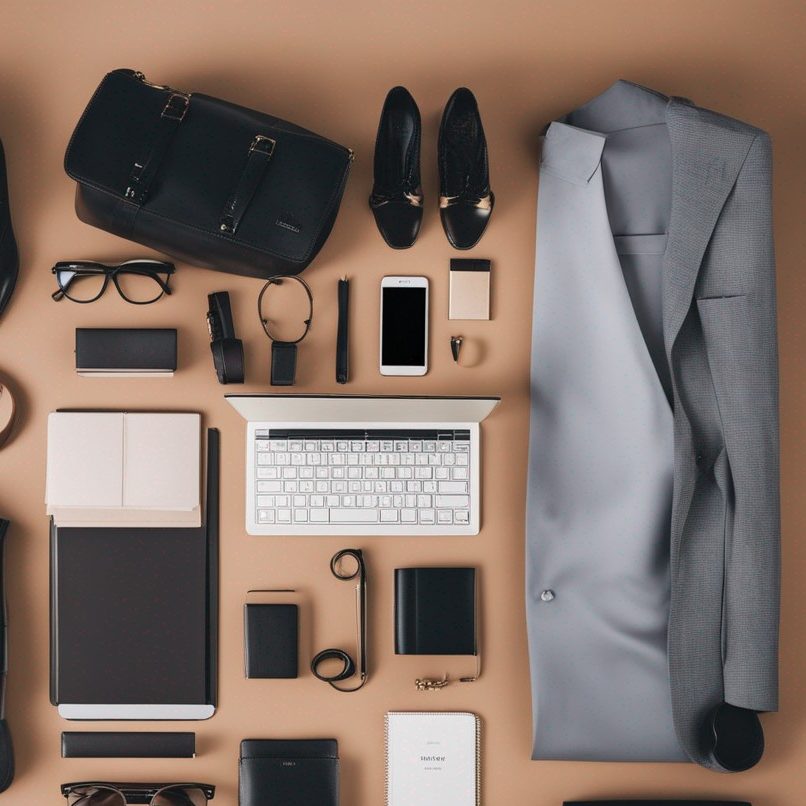
Here’s how to dress effectively for video interviews:
Choosing Appropriate Attire:
- Professional Top: Opt for a professional top that aligns with the company’s dress code. This is particularly important if the interview is more formal. A solid-colored dress shirt, blouse, or a simple sweater can work well.
- Neutral Colors: Stick to neutral colors like black, white, gray, and blue, as they tend to work best on camera and convey professionalism. Avoid flashy or distracting patterns.
Paying Attention to Colors and Patterns:
- Avoid Vibrant Colors: Vibrant colors might appear too intense on camera and could distract the interviewer from your words. Choose muted shades that flatter your skin tone.
- Subtle Patterns: If you opt for patterns, choose those that are subtle and not overly busy. Small checks or simple stripes can add a touch of style without being overwhelming.
Maintaining Professionalism from the Waist Up:
- Focus on the Upper Half: Since the interviewer will likely only see you from the waist up, concentrate on ensuring that your top half looks polished and professional.
- Grooming: Pay attention to grooming, including your hair, makeup (if applicable), and facial appearance. A clean and well-groomed appearance still matters even in a virtual setting.
Avoiding Distracting Accessories:
- Minimal Jewelry: Keep jewelry and accessories simple and minimal. Large or jangling accessories could create noise distractions and divert attention.
- Eyewear Considerations: If you wear glasses, make sure they are clean and free of glare. Avoid highly reflective frames that could create distracting reflections.
Considering Lighting and Background:
- Good Lighting: Sit facing a natural light source or use soft, diffused artificial lighting. Well-lit faces appear more engaging and professional.
- Neutral Background: Choose a clean and clutter-free background. Avoid busy or messy environments that could divert the interviewer’s attention.
Testing Your Outfit:
- Practice Session: Conduct a practice video call with a friend or family member to assess how your chosen outfit looks on camera. This allows you to make any necessary adjustments.
- Camera Compatibility: Ensure your chosen outfit doesn’t clash with your webcam’s resolution or color reproduction.
Full Outfit Consideration (Optional):
- Bottom Half: While the focus is on the upper half, consider wearing professional bottoms as well, especially if you might need to stand up during the call.
- Comfortable Shoes: If you do opt for full attire, wear comfortable and appropriate shoes in case you need to move during the call.
Dressing appropriately for a video interview demonstrates your respect for the virtual interview process and your commitment to presenting yourself as a professional candidate.
By following these guidelines, you can ensure that your appearance complements your skills and qualifications, ultimately increasing your chances of making a lasting impression on the interviewer.
Dos and Don’ts: Navigating Your Interview Attire
In the world of job interviews, your attire is a silent communicator that can either bolster your chances of success or hinder your prospects.
To ensure you’re making the right sartorial choices, here’s a concise list of dos and don’ts to guide you on your interview attire journey.
Dos:
- Research and Align: Research the company’s dress code and industry norms. Dress slightly above the company’s standard to showcase your commitment.
- Choose Comfort: Opt for attire that makes you feel comfortable and confident. Discomfort can undermine your focus during the interview.
- Keep It Professional: When in doubt, lean towards a more professional look. A well-fitted suit or business attire is usually a safe bet.
- Grooming Matters: Pay attention to grooming details such as clean nails, well-kempt hair, and appropriate makeup. Neatness communicates attention to detail.
- Wear Appropriate Footwear: Your shoes matter. Ensure they are clean, polished, and appropriate for the outfit and occasion.
- Simplicity is Key: Aim for a simple and clean look. Avoid overly flashy accessories or overly bold patterns that could distract from your conversation.
- Express Yourself Tastefully: Incorporate a touch of personal style through subtle accessories like a tie, scarf, or earrings. But remember, less is often more.
- Coordinate Colors: Choose a color scheme that complements your complexion and the role you’re interviewing for. Conservative colors like navy, black, gray, and white are generally safe choices.
- Fit Matters: Clothes that fit well enhance your appearance and confidence. Ill-fitting attire can be distracting and convey a lack of attention to detail.
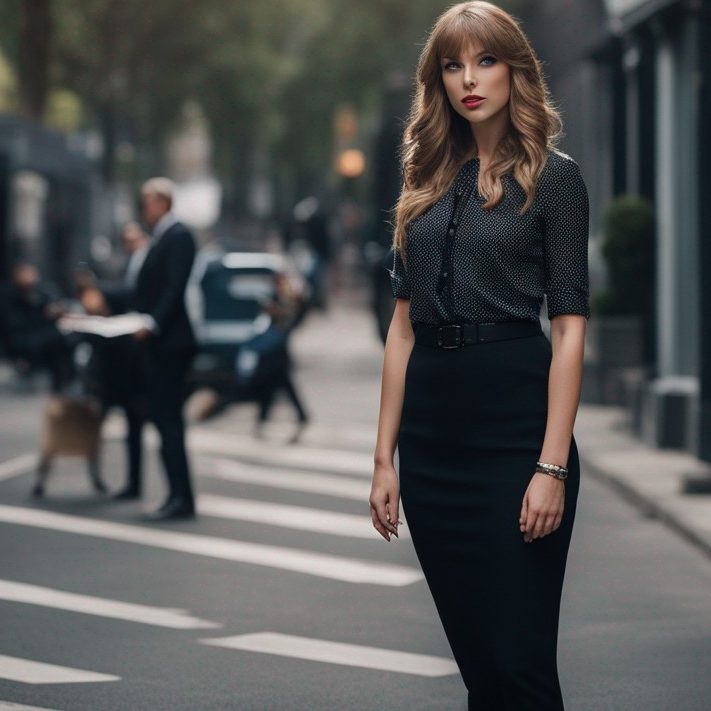
Don’ts:
- Don’t Overdo Accessories: Avoid excessive jewelry, flashy watches, or anything that could divert the interviewer’s attention from your qualifications.
- Avoid Revealing Outfits: Opt for modesty. Low-cut tops, short skirts, and overly casual clothing can undermine the professional image you want to convey.
- Stay Away from Wrinkled Clothes: Wrinkled clothes give an impression of carelessness. Ensure your clothes are well-pressed and presentable.
- Skip Strong Fragrances: Perfumes and colognes should be subtle. Strong scents can be overwhelming and distracting to others.
- No Sneakers or Flip-flops: Even in a casual setting, avoid overly casual footwear. Opt for closed-toe shoes that are clean and polished.
- Say No to Loud Patterns: Bold, flashy patterns can be distracting. Stick to subtle patterns or solids to maintain a professional appearance.
- Don’t Experiment: An interview is not the time to experiment with fashion trends. Stick to classic, timeless styles that convey professionalism.
- Avoid Ill-Fitting Attire: Clothing that is too tight or too loose can be unflattering. Ensure your clothing fits well and enhances your silhouette.
- Don’t Forget the Details: Pay attention to small details like lint, loose threads, and scuffed shoes. These seemingly minor issues can impact your overall appearance.
By following these dos and don’ts, you’ll be better prepared to make a lasting impression with your interview attire.
Remember, your clothing choices should reflect your professionalism, personality, and respect for the opportunity at hand.
